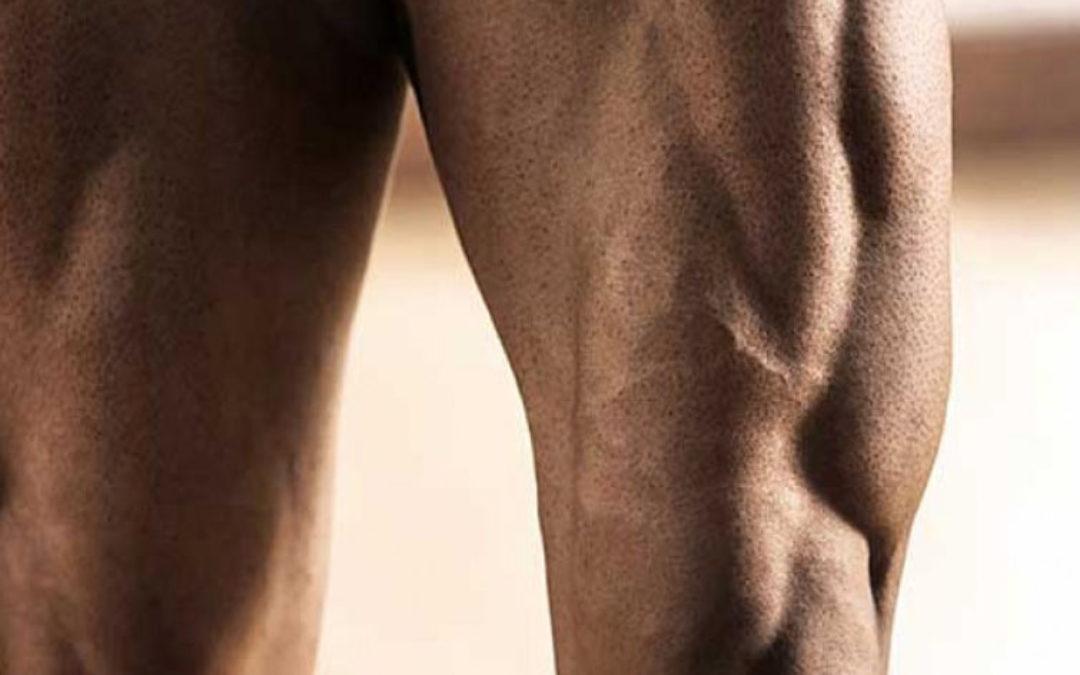 Muscles around the knee
Muscles around the knee
Two weeks ago we focussed on the horizontal loading of rowing and the impact on your joints and muscle groups. This week we would like to take a look on the knee, the second most frequently injured region in rowing athletes.
Unlike football or running, rowing is a seated, non-weight bearing activity so we thankfully don’t see the traumatic cartilage and ligament based injuries that are so common in those sports. The lack weight bearing load is also a great reason why masters rowing categories are so strong and popular.
While you’re not likely to have a defensive lineman crash through your ACL while rowing, generalized patellofemoral pain (knee cap), tendinopathies and iliotibial band irritations are very common. The most common of these most likely leading to pain felt at the lateral knee or underneath the knee cap. Between 10-15% of rowers will at some stage suffer from these issues and we have found that anecdotally younger female athletes seem to be affected the most.
Heavy load on your joints
As we detailed in our last post on back pain, the greater range of motion the joint moves through under load, the higher the force/time relationship is on that joint and potentially, the higher the injury risk. Of course just because you load it doesn’t mean you will get injured, it is not that simple. During the stroke the knee moves through it’s full saggital plane of motion (flexed at the catch to extension at the finish) and this places highly compressive forces between the knee cap and the thigh bone (femur).
Problems around the knee cap
If the knee cap experiences abnormal tracking this can lead to an imbalance of the forces on the joint that can initially create inflammation and irritation and long term wear of the hyaline cartilage which lines the rear surface of your knee cap. This condition often cause a long list of biomechanical compromises which can then lead to more knee imbalance or issues elsewhere as the body tries to offload the painful site. Research has shown that these affected athletes, or athletes with a high chance of these injuries, often appear knock kneed during the drive phase. This can be caused by muscle imbalances or by the shape of the hip and knee joints themselves in the athlete. Females naturally are more predisposed to these conditions because of the wider Q0angle (angle between the pelvis and knee cap). You should also look for knock knees during exercises such as squats and lunges as this can be a good identifier as well. Iliotibial band syndrome (irritation of the thick band of fascia on the side of your thigh, near your knee) is also very commonly seen in athletes with bowed legs or poor hip-knee control.
How the proper equipment can help
Many of these conditions are seen on one side only and have been linked to leg length discrepancies and pelvic misalignment. Equipment limitations “such as the foot stretcher angle or placement may compound the problem” as well. This is key to what we look at in assessment and athlete set up and our CustomPack and ShoePlate Pro QuickRelease can have significant impacts on leg length issues, stability and muscle engagements. As with the back, often the best place to start is the base! Other training activities outside rowing may also be aggravating these athletes further so it worth zooming out and looking at their mechanics and overall activity to determine what the causes could be.
How specialised muscle training can help
As the knee is so commonly injured in all sports (it’s load bearing, has a multi-planar range of motion is a key force transferer and producer) there is a lot of good quality research on treatment but this is not the case for rowing specific injuries unfortunately. The key recommendations for treatment and management include:
- Strengthening hip musculature to normalize the pull on the femur and control of knee movement and to reduce any functional genu valgus/varus (knock or bowed knees)
- Hamstring flexibility and strength should be assessed and trained
- Strengthening the quadriceps muscles and ensuring there is a good balance between all of the quad muscle groups
- Short-term, taping the patella can help to reduce load but clinically and practically, bracing is not advised because of
the potential range of motion change and other limits to function - “Modifying the position of the shoes in the boat with or without heel wedging may prove effective”. This was clearly noted by the research team and we would add that leg length assessment and measures to rectify rowing discrepancies would be important too.
- Standard conservative treatment of ice and NSAIDs can help in some cases too but this should only be used if you are sure the dysfunction is inflammatory, often these methods are overused and wrongly prescribed.
Look above and below the knee for causes and compromises, get the movement quality right and make sure your athlete is supported with their equipment. The results will speak for themselves.
Repost from BATlogic
Research courtesy of J. Thornton et al. Rowing Injuries: An Updated Review, 2016.






